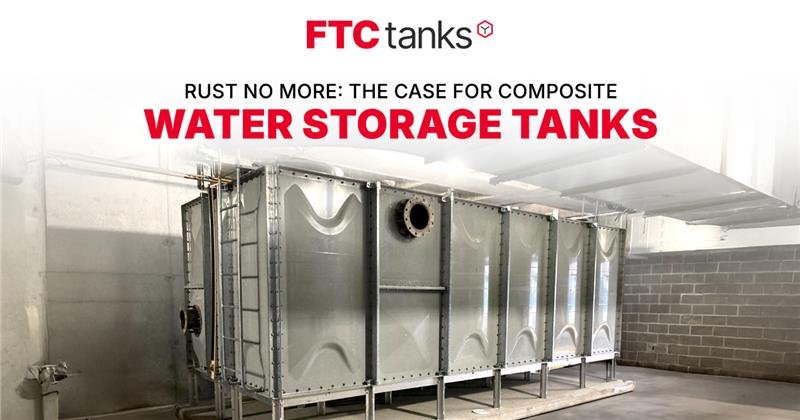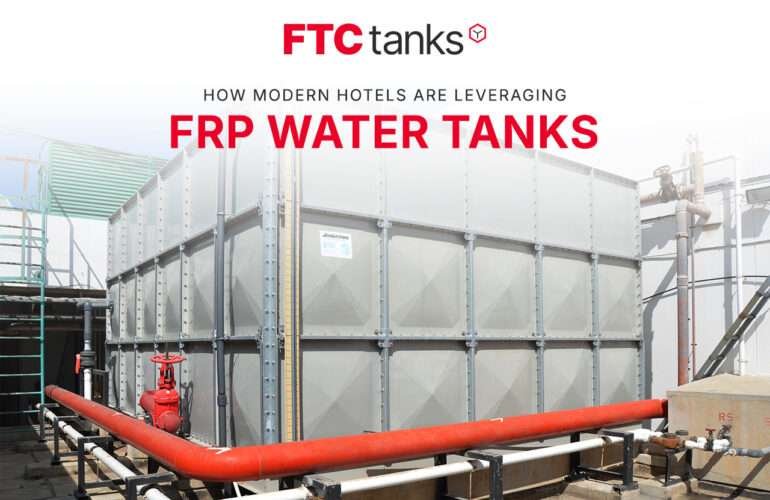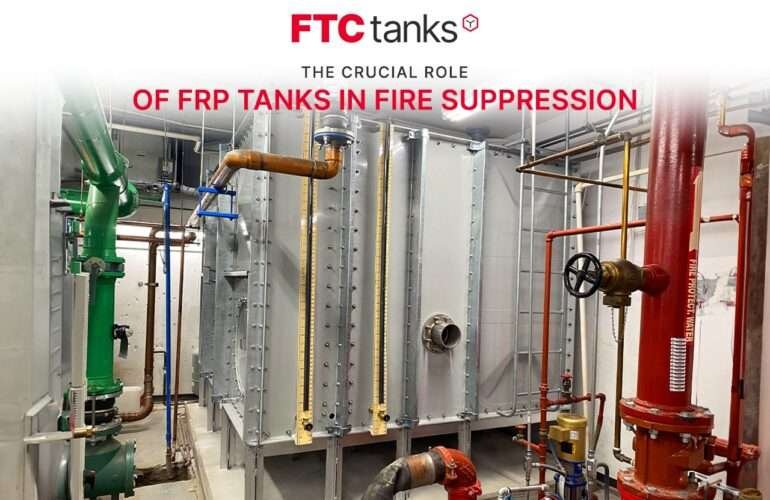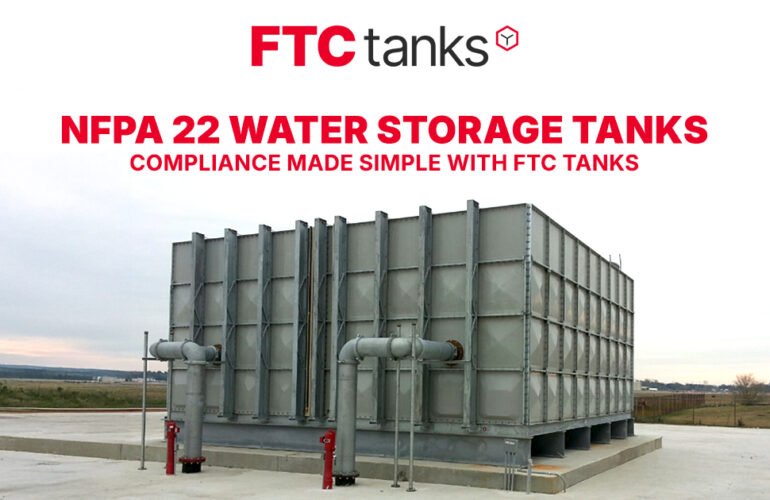Rust has always been the silent saboteur of water storage. For years, steel tanks looked like the answer, but time always told a different story. Once rust took hold, tank walls weakened, water turned questionable, and repair bills piled up. Towns, farmers, and businesses soon realized they needed something tougher—water tanks that could stand strong without turning into a money pit. That’s when composite water storage tanks stepped in.
Built with fiberglass-reinforced plastic (FRP), these water tanks flip the script. They don’t rust, crack under pressure, or crumble with age. Instead, they stay reliable for decades, keeping water safe and maintenance costs low. Whether it’s an FRP water tank feeding crops or a fire tank on standby in a busy city, composites are redefining how the world thinks about water storage.
The Hidden Cost of Rust
Steel may seem like a sturdy choice but rust quickly proves otherwise. The moment steel meets moisture and air, corrosion begins its slow attack. Day by day, it eats through tank walls, leaving behind leaks, tainted water, and repair bills no one wants.
On farms, a rusty tank can ruin irrigation or put livestock at risk. In cities, rust in municipal systems brings costly shutdowns and wasted water supplies. Even protective coatings can’t keep up, forcing constant inspections and maintenance. The more rust spreads, the higher the cost of keeping the tank in service.
Composite tanks break this cycle. They don’t corrode, no matter how long they hold water. That one difference means fewer headaches, lower costs, and safer storage for everyone.
Why Composites Are Different
Composite tanks use fiberglass-reinforced plastic (FRP). This material combines strength with flexibility. It is lightweight, easy to install, and resistant to chemicals. Unlike steel, it doesn’t depend on paint or coatings for protection.
FRP materials have been tested in industries from aviation to oil and gas. That same proven reliability is now applied to water storage tanks. Composite walls stay intact, even in harsh climates or under heavy use.
This technology has another benefit: lower long-term maintenance. Where steel tanks require regular cleaning, coating, and patching, composites need only basic care. This makes them ideal for businesses, farms, and towns seeking dependable water systems.
Safety and Compliance
Safety is a priority in water systems. People expect clean, reliable water for drinking, farming, or industrial use. Composite tanks meet strict standards, including NSF certification. NSF61 & NSF372 certified water tanks undergo testing to prove they won’t leach harmful materials into stored water.
Fire protection also relies on safe storage. A fire tank must deliver water at a moment’s notice. Composite options meet NFPA22 water tank standards, giving communities confidence during emergencies. This compliance ensures that the water stays safe, and the system works when it matters most.
By meeting or exceeding these standards, composite tanks provide peace of mind to both regulators and users.
Long-Term Value
Steel tanks may appear cheaper at purchase, but the story changes over time. Maintenance, repainting, and patching drive up costs year after year. In many cases, owners end up replacing steel tanks far sooner than expected.
Composite tanks cost more upfront, but they pay for themselves in durability. An FRP water tank can last decades without major intervention. The lightweight design also cuts transport and installation expenses. For growing towns or businesses, this long-term value makes composites a practical choice.
From a water cistern in a small community to an industrial cistern, the math is simple: composites save money while ensuring safe storage.
Real-World Applications
Composite tanks are now used across many sectors:
- Municipal water systems: Towns rely on them for safe, rust-free storage.
- Agriculture: Farms use these water tanks to keep irrigation and livestock water clean.
- Fire safety: Cities and industries depend on composite fire tanks that meet NFPA standards.
- Homes: Many homeowners install a water cistern to secure safe, clean water.
These examples show the flexibility of composite storage. From large city projects to small rural setups, the technology adapts easily to different needs.
Comparing Steel and Composite
Let’s look at the core differences:
- Corrosion: Steel rusts. Composites don’t.
- Maintenance: Steel needs coatings and frequent repair. Composites need minimal care.
- Safety: Composites meet NSF61 and NFPA22 standards with ease.
- Weight: Steel is heavy, driving up transport costs. Composites are lighter, easier to handle.
- Longevity: Steel tanks degrade faster. Composite tanks last for decades.
This quick comparison highlights why many industries are moving away from steel. The long-term benefits of composites are hard to ignore.
The Future of Water Storage
As water demand rises, safe storage becomes even more important. Communities need solutions that protect resources while controlling costs. Composite water tanks fit this future. They are scalable, sustainable, and designed for decades of service.
With stricter regulations and higher expectations, steel tanks will continue to lose ground. Composites deliver the performance modern water systems demand. Whether it’s drinking water, farming, or fire safety, composites prove their worth.
To Sum Up
Rust has drained resources for decades. Steel tanks, once the default choice, are no longer enough. Composite water storage tanks have changed the industry by offering durability, safety, and lower lifetime costs.
From a cistern in a small town to an FRP water tank in a large city, composites are proving their value every day. They keep water safe, reduce maintenance costs, and deliver reliable service when it matters most.
If you’re planning a new tank or replacing an old one, consider composites. Our experts at FTC Tanks specialize in FRP tanks built to last. Here, we strive to help you choose the right size and design for your needs.
With composites, water stays safe, and rust becomes a thing of the past.





